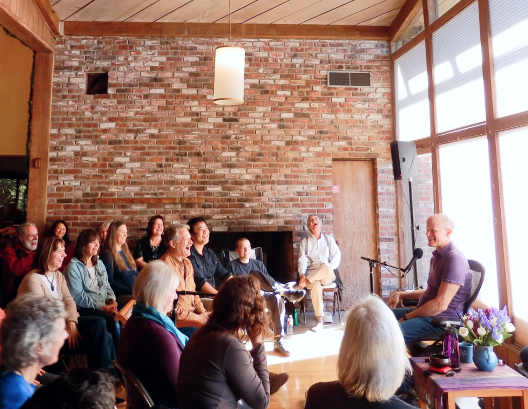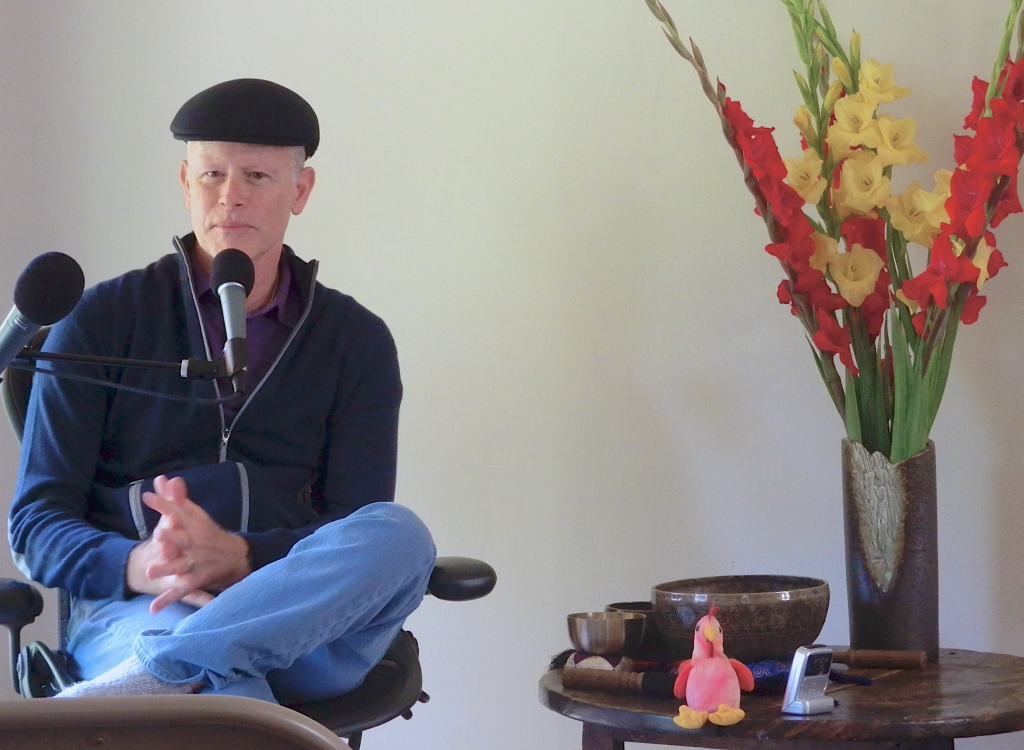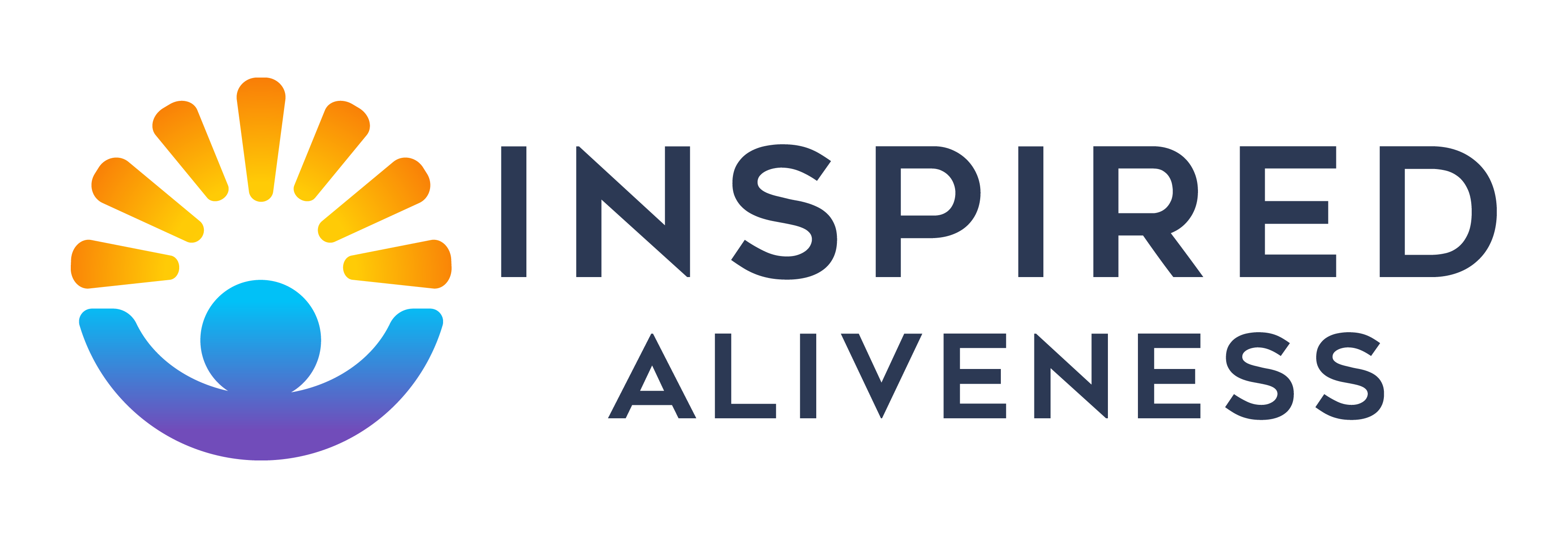Your cart is currently empty!
I like to simply describe our being together as an environment where people can really discover the deep meaning of life.
This is not a conceptual understanding but a deeper experience — a way to discover the Truth. I also like to describe it as an environment where we begin to discover our mutual interconnected beingness. It’s kind of an energetic place. We invite questions. We invite expression and just sitting where the environment itself — just being here — has a kind of effect on us.
I use that image of a tuning fork — that if you’re tuning an orchestra, you tap the tuning fork and people tune to that. There’s something about the environment in satsang that, in a nonverbal way, begins to create a resonant field. And that resonant field brings up in us what we already are.
So satsang is the environment, is the opportunity, to actually become available to that. We can discover how that works and how it can begin to facilitate a transformation, a healing, a transformation in the body, mind, heart. We open into the fullness of life.
What happens at a gathering?
Gathering (Satsang) begins with 30–40 minutes of silent sitting.

During sitting, I invite you simply to feel exactly what you’re feeling, to sense exactly what you’re sensing, right now — and then drop the ‘I’ that’s perceiving it. Simply be that awareness. Whatever is present right now, even if it’s something painful — that is the doorway. And that doorway will open by itself. Ego can try to open it, but ego, even in the act of trying to be open, is actually holding on.
So by being in the body or relaxing, maybe feeling the breath or resting your feet on the ground, you can simply allow what is without looking for what isn’t; without looking for the experience of so-called awakening. Because awakening is fundamentally what we are, it can’t be achieved or even found. It can only reveal itself. It is also important to drop any attempt to control and manipulate your experience, particularly your thinking. Generally if you attempt to stop thinking, that’s just going to be a struggle, a holding on, that creates more contraction. Fortunately, you don’t have to stop the thinking; just let the thinking think. The mental realm just does what it does — let it. But instead of putting your energy and attention into thinking, just gently redirect your attention into sensing, breathing, resting.
Thoughts will still arise, but you just don’t get involved in them. Just as importantly, you also don’t try to push them away. Any attempt at manipulation is a kind of control, and that’s what obscures the truth, always. And when your energy is no longer going into the thinking mind, it will gradually quiet by itself. As Jean Klein often said, the mind eventually gives up.
Following the sitting, there is dialogue.
Sometimes you need a little help to welcome what is. So we have dialogue. We have the dialogue of presence, which can help you stay available to what you may not want to be available for, or may not even be conscious of, in this moment. In satsang we have the opportunity to look at what is, what’s present, what’s coming up. Not because we want to figure it out, but simply because it is what’s coming up.

Our dialogue is not an intellectual pursuit. Dialogue here is a vehicle for letting go into our true nature — that’s its only purpose. It’s not an attempt to construct a system of thought or belief — opening to our true nature deconstructs belief. And if you’re still struggling or holding on to something, that’s fine, we can still have a dialogue. Wherever you are is fine — it’s the only place you can be! That may seem rather simple, but actually, if you really get that, it may be the only thing you need to get.
Offering Deep Gratitude
Jon deeply honors and is grateful for the important spiritual teachers, healers and influences which have guided him on his journey: Jack Kornfield of Spirit Rock, Jean Klein, H.W.L. Poonja (Poonjaji, Papaji), Gangaji, Byron Katie, Suzanne Segal, Robert Adams, Adyashanti, San Francisco Zen Center, Tassajara, Suzuki-roshi, Brother David Steindl-Rast, Dr. Fritz Smith, Dr. Muriel Chapman, Dr. Yu Penxi, Marjorie Barstow and Anne Armstrong.
